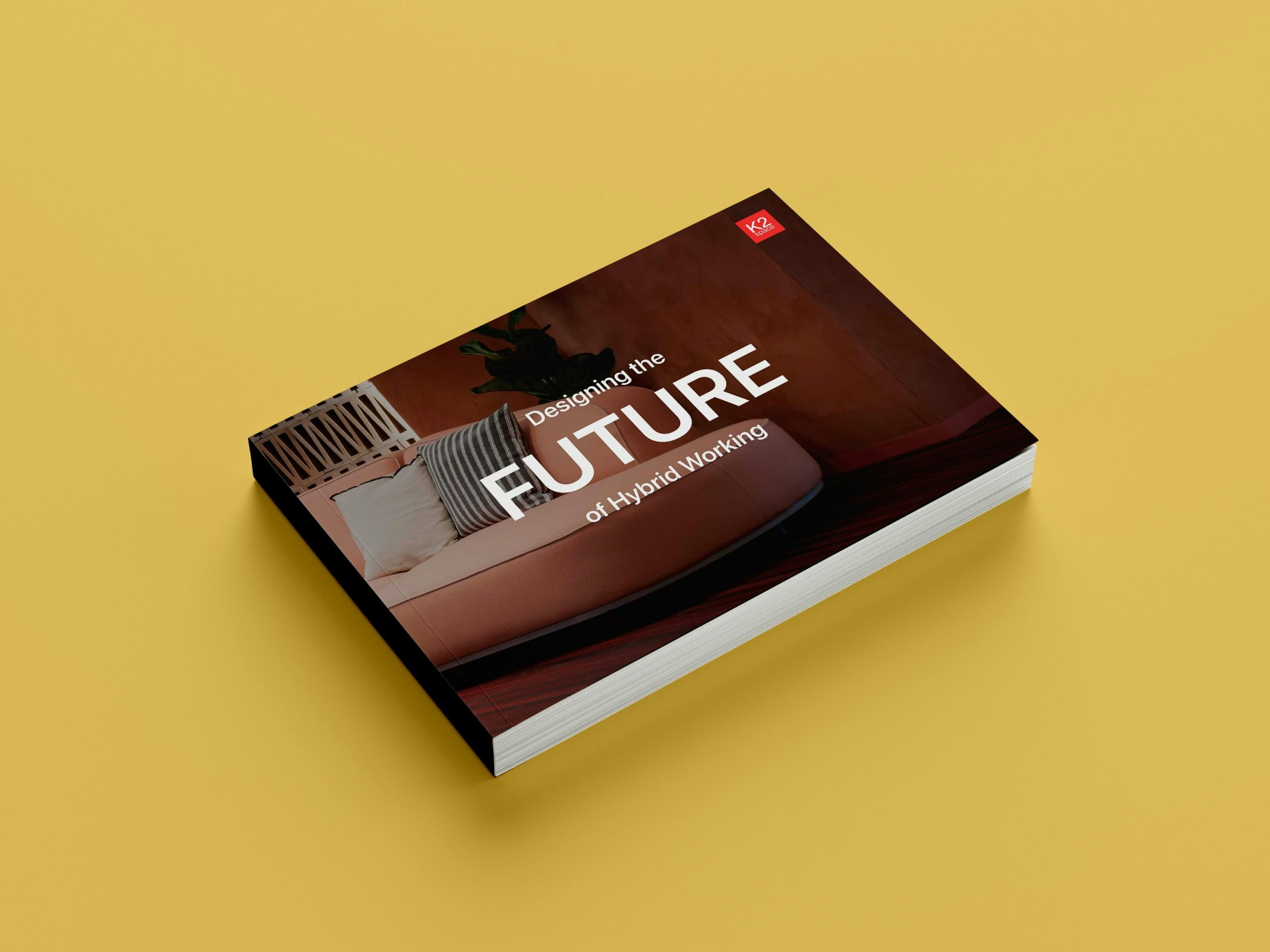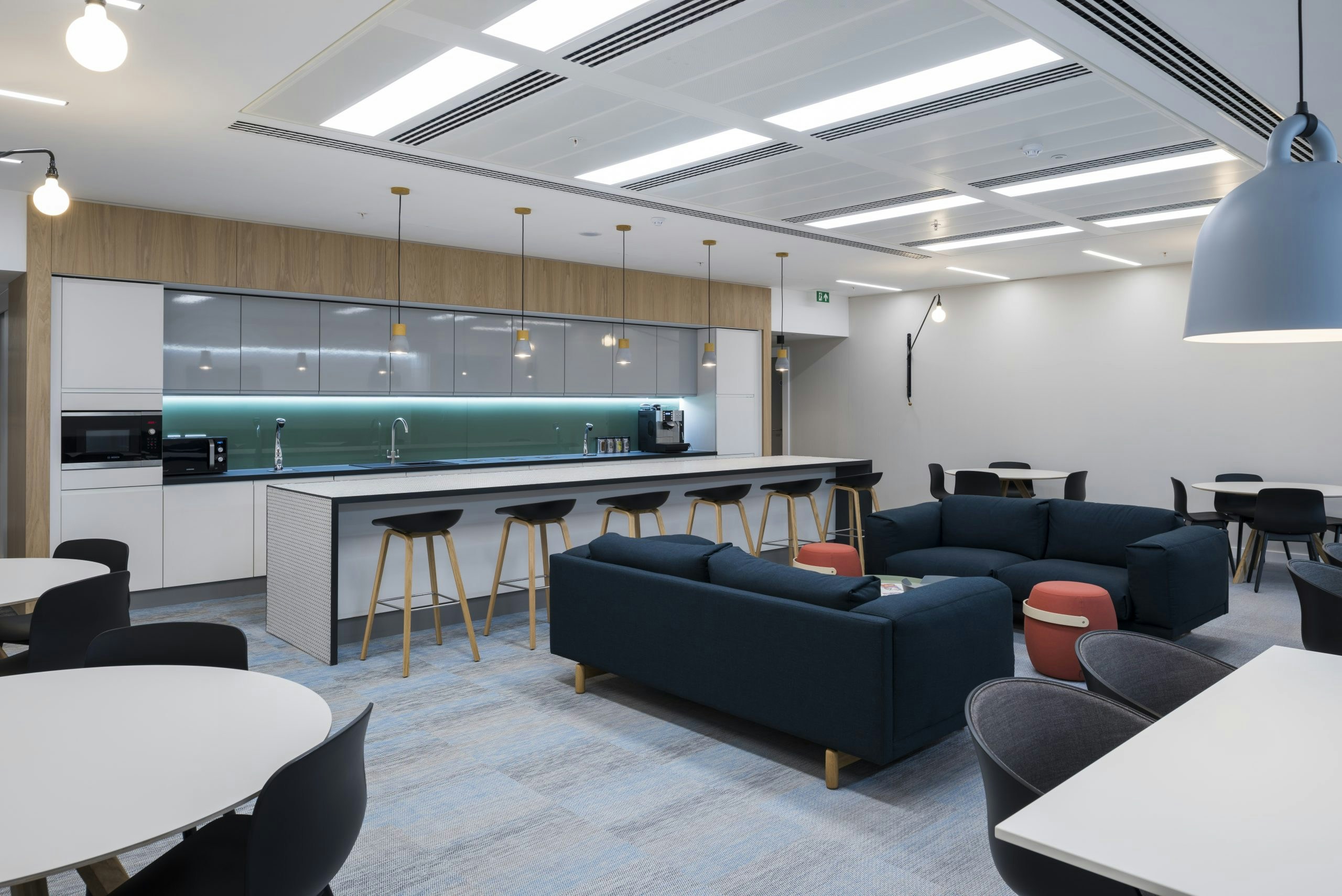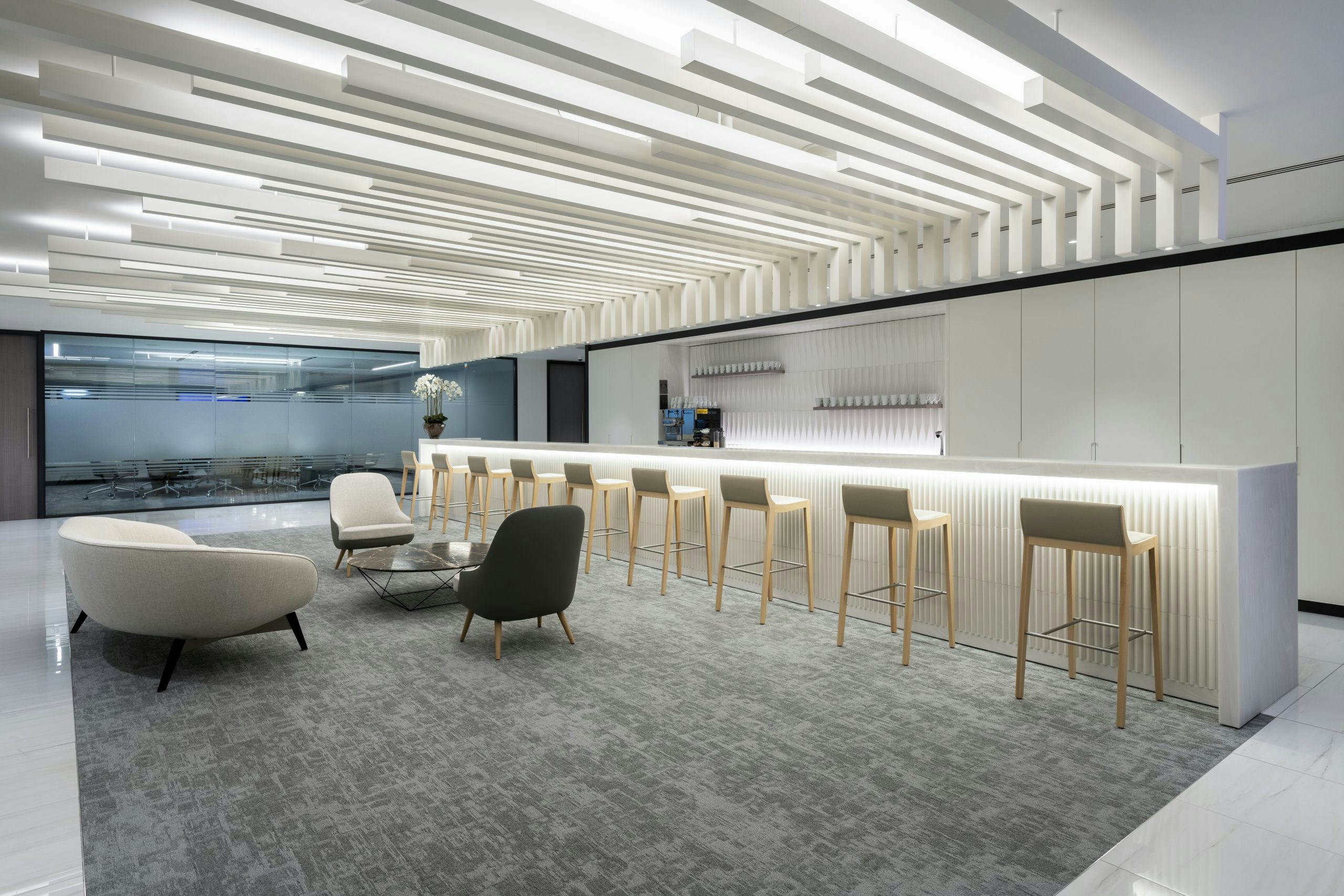Hybrid Workspaces in 2025
Hybrid workspaces have become essential this year, as companies shift towards flexible models that support both in-office and remote employees. This post-pandemic trend enables productive collaboration while giving employees more control over their schedules. Using data-driven designs, organisations optimise office layouts with a balance of collaborative zones and personal workspaces.
In addition to flexible layouts, companies are enhancing the workplace experience by offering more than just desk space. Employees now seek meaningful interactions, modern amenities, and a productive work environment, making hybrid workspaces a key factor in attracting and retaining talent.






